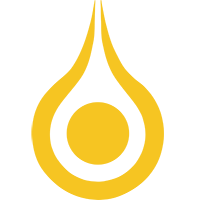2017 – Influence of Oil Drain Holes on Oil Emission of a Turbocharged Gasoline Engine
SAE-2017-01-1045, April 2017
Papadopoulos, I., Becker, S., Ehnis, H., Kunzel, R. et al.
Abstract:
„The oil emission of a combustion engine has a direct influence on CO2 and particulate emissions. The focus on reducing oil emission is thus particularly growing in the context of stricter emissions limits for the automotive industry. To reach this goal requires a deeper understanding of the mechanism behind the genesis of oil emission in a combustion engine. In order to determine oil emission caused specifically by the piston group, part of the exhaust gas flow is taken and analyzed using a mass spectrometer directly downstream of the exhaust valve in the exhaust manifold. In the process, the mass spectrometer is operated in high-pass filter mode to detect long-chain hydrocarbons associated with the lubricating oil. In order to make differentiated and detailed statements about oil emission mechanisms, oil emission and blow-by in steady-state and transient engine operation are determined for specific design parameters of the piston group. A highly transient test cycle developed specially for this purpose is used when investigating transient engine operation. Using a standardized and fully automated evaluation tool, characteristic key figures can be calculated for oil emission and blow-by. They reflect the influence of various piston and ring designs on oil emission. This article describes the measurement system, the proprietary test cycle, and the influence of piston designs, such as oil drain holes in the area of the oil control ring and breaks along the third piston groove lower flank on oil emission and blow-by. A better understanding of mechanisms can contribute to more effectively minimizing oil emission and consequently CO2 emissions.“
